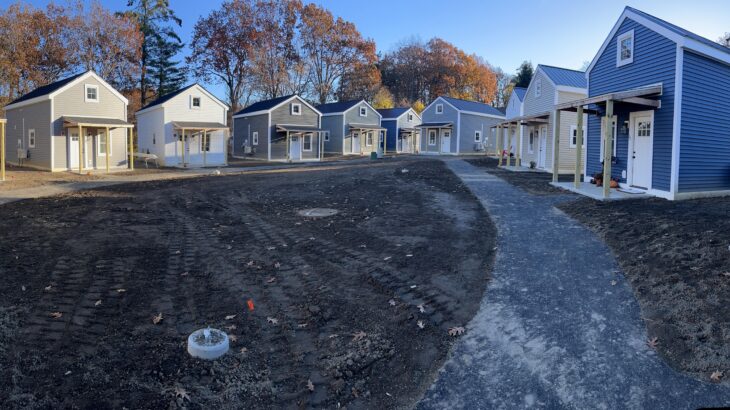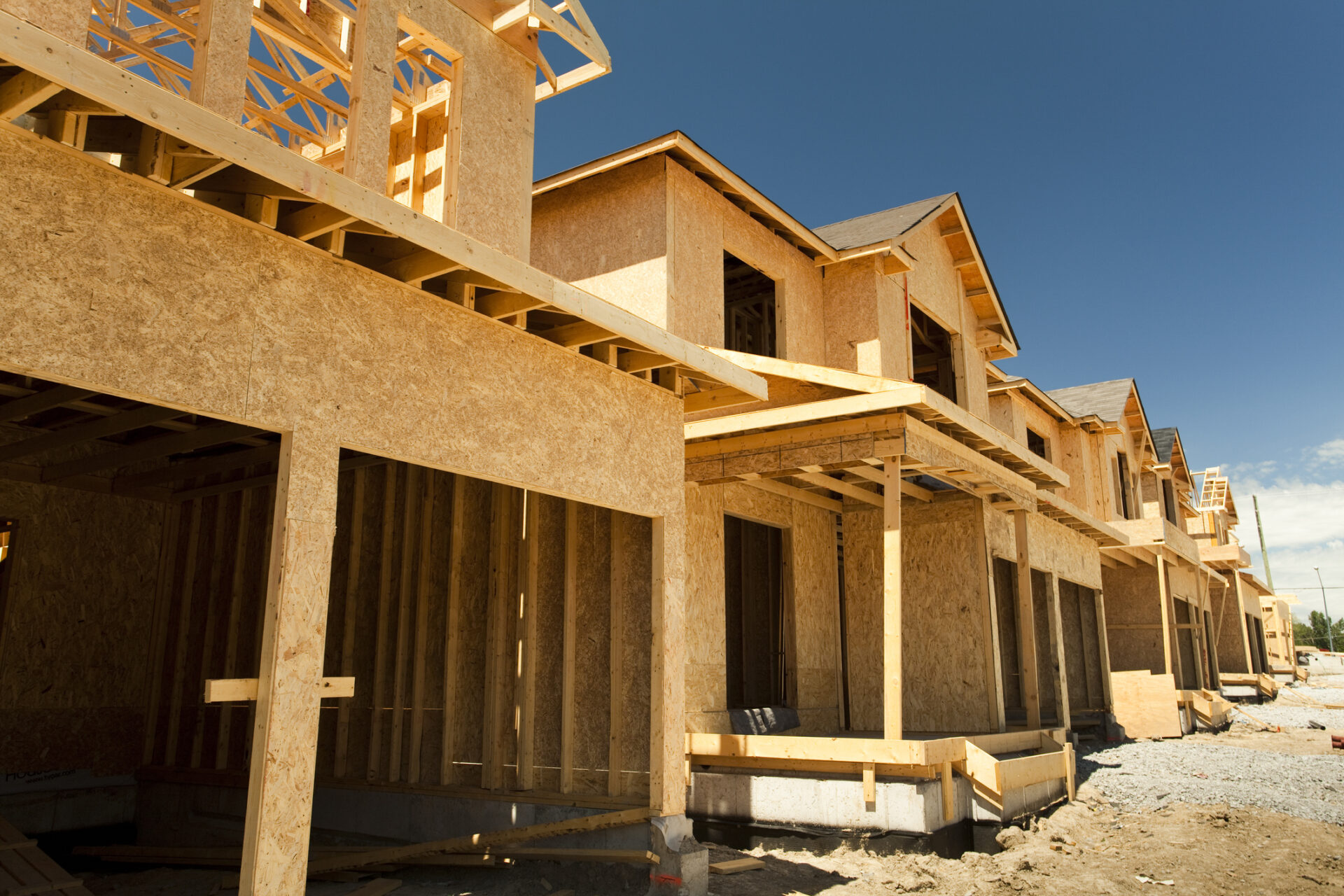
Background
Like many other states, New Hampshire faces a lack of affordable housing. This, in turn, creates a deficit in the workforce because many prospective employees can’t compete for the higher cost of housing in economically developed areas. In one New Hampshire community, architect Maggie Randolph and her husband, developer John Randolph, have taken a big step toward solving the problem. And they did so by thinking small: building a community of over 40 energy-efficient “tiny homes” in Dover, at the center of the burgeoning Southern New Hampshire economy.
Challenge
The Randolphs’ goal was to build cottage-style homes that would be sustainable as well as affordable. The challenge was to install as much state-of-the-art energy-saving technology as possible without significantly adding to the cost of construction – and eventual purchase price.
Solution
Eversource, one of the NHSaves® utility partners, offers the type of energy efficiency incentives the Randolphs were looking for. In addition to reviewing the building plans, Eversource conducted onsite inspections to ensure each unit met the standard set by the U.S. Environmental Protection Agency (EPA). A third-party Home Energy Rater confirmed compliance as well.
Eversource helped the Randolphs to achieve a significant first step toward sustainability through this design choice, as ENERGY STAR® certified homes have been proven to be at least 10 percent more efficient on average than homes built to standard code.
The energy efficiency measures included:
- Exterior insulation and spray foam insulation
- Sealing leaks around doors and windows
- LED lighting
- All-electric appliances
- Air source heat pumps (mini-splits)
Mini split air source heat pumps were selected in part due to the incentives available, which helped to keep installation costs within budget. And because heating and cooling with heat pumps avoids the energy losses associated with the ductwork of central air systems — which can be as much as 30 percent — it’s far more efficient technology.
Additionally, there’s less space to heat than in a standard home. At just 16-feet-by-24-feet, each tiny home has both a smaller physical footprint and a smaller carbon footprint. “We’re paring down the square footage to what people really need,” Maggie told the local paper, Foster’s Daily Democrat. “It’s about not being weighed down with a huge space to clean and to heat.”
Results – Energy Efficient Tiny Homes in Dover
The final result is The Cottages at Back River Road: a 44-unit community of affordable, all-electric, energy-efficient tiny homes.
The energy efficiency measures implemented during construction will save each tiny home approximately 94,750 kWh over its lifetime. That’s the equivalent of avoiding the greenhouse gas emissions from driving more than 170,000 miles in a gas-powered car.
“I think this type of model is replicable everywhere,” John shared. “Our goal is for whatever we build to be self-sustaining.” The design of each home not only offers residents an affordable housing opportunity, but also equips them with state-of-the-art sustainability solutions and expanded access to a greener lifestyle.
Be sure to check out more energy savings tips and success stories with the NHSaves resources page.
